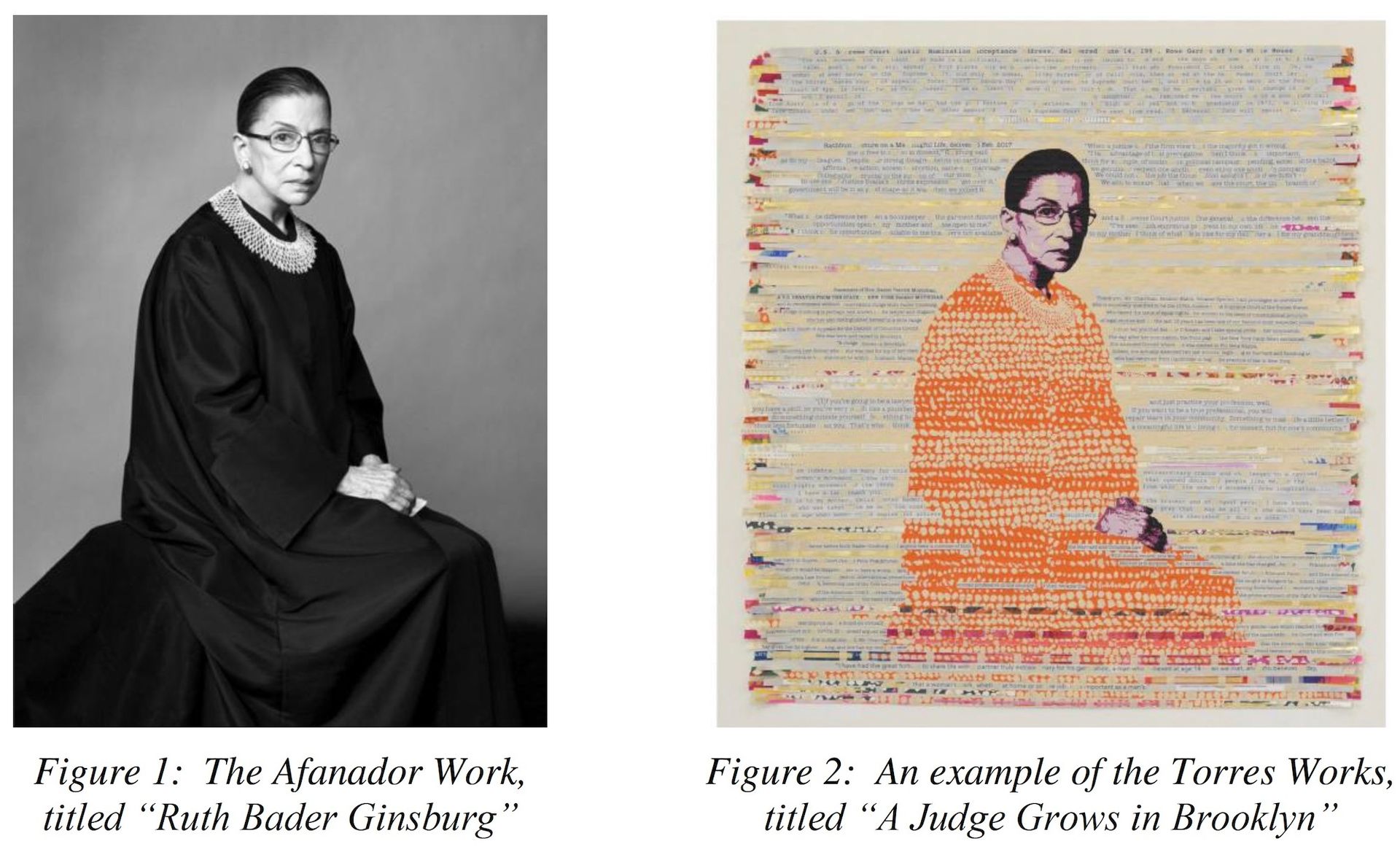Negato il carattere distintivo al marchio in oggetto dal reclamo amministrativo dell’EUIPO 2nd Board of Appeal 28.02.2023, Case R 2357/2022-2 ,Oshee Polska Sp. z o.o.
Passi pertinenti:
<< 20 The applicant submits that ‘The expert examining the trade mark application neverthelessbased its decision on a misunderstanding of the concept of Metaverse. ‘Metaverse’ is avirtual world in which people, as avatars, interact with each other in a three-dimensionalspace that mimics reality. (…) [there is] a separation between the virtual world ofMetaverse and the real world. Metaverse is defined strictly as a category defined in thevirtual world and should not be confused with all other online activities. For example,making purchases in an online shop of physical products that will be delivered to us inreal form, or organising an online meeting, e.g. videoconferencing or lecture or checkingmail, is not an entrance to the Metaverse world.”
21. However, the House considers that the virtual world (Metaverse) is not a well-definedand distinct category in the virtual world. Nor is the borderline between the real worldand the virtual world clear.
22. The virtual world (Metaverse) is not just avatar, alternative reality and virtual products.The distinction between Metaverse and other forms of online activity is blurred. A goodexample is the change of Facebook’s very strong name to Meta in 2021, the latter seen asa reference to Metaverse and the beginning of an increased Facebook/Meta activity inMetaverse( https://www.welbloom.com/nft/, 27/02/2023).
23. More and more frequent examples also indicate that Metaverse is another e-commerceviewer, i.e. online commerce. Companies use Metaverse to promote their goods andbrands, which later translate into increased sales of their goods in the real world (see e.g.https://nypost.com/2022/04/05/coca-cola-launches-virtual-drink-inside-the-metaverse/;24/02/2023).
24. There are also growing voices that soon known online shops will turn into Metaverse(virtual) online shops where the goods offered will be presented in virtual form, but thepurchase will de facto concern real products that will then be sent home (such as a‘normal’ online order).
25. Some shops already offer some virtual services, e.g. virtual shoe measurement. It canvirtually measure the foot and virtually select customised shoes without leaving the home(e.g. https://ccc.eu/pl/esizeme; https://www.esize.me/; 24/02/2023).
26. The above examples show that virtual spaces are constantly evolving and absorbing thenew forms and opportunities offered by advances in IT and technology.
27. In the light of the foregoing, the Chamber sees no error in the definition of the word‘Metaverse’ as a virtual space.
28. According to settled case-law, the distinctive character of a trade mark must be assessedby reference, first, to the goods or services referred to in the application for registrationand, second, to the perception of the relevant public, which consists of the average,reasonably well-informed and reasonably observant and circumspect consumers of thosegoods or services (29/04/2004, C-473/01 P & C-474/01 P, Tabs, EU:C:2004:260,Paragraph 33; 08/05/2008, C-304/06 P, Eurohypo, EU:C:2008:261, § 67; 21/01/2010, C-398/08 P, Vorsprung durch Technik, EU:C:2010:29, paragraph 34).
29. The goods covered by the declaration are, inter alia, vouchers, jellies, salads and differenttypes of food in Classes 29 and 30. These products are now widely available online. Asvirtual spaces evolve, these products can increasingly be promoted and offered throughMetaverse. Some companies have already set up Metaverse stores where they can buytheir real products with home delivery (e.g.: ‘Lindt USA launches Its First-Ever 3DVirtual Store with ByondXR and Makes Shopping for Premium Chocolate a TrulyInnovative Experience’, https://www.accesswire.com/726619/Lindt-USA-Launches-ItsFirst-Ever-3D-Virtual-Store-with-ByondXR-and-Makes-Shopping-for-PremiumChocolate-a-Truly-Innovative-Experience, 27/03/2023;https://www.mashed.com/1112615/lindt-created-its-own-3d-virtual-store/; 27/03/2023).
30. In the light of the foregoing, the relevant public will perceive the mark simply as anindication devoid of any distinctive character, indicating that food, food in the form ofgoods in Classes 29 and 30, are offered or can be purchased in a virtual space.
31. The goods covered by the declaration are also pharmaceuticals, vitamin preparations orfood supplements in Class 5.
32. The applicant submits that products such as pharmaceuticals, vitamin preparations orfood supplements are subject to different marketing conditions than those in Classes 29and 30, have different uses and are sold through different distribution channels.
33. The Chamber notes that pharmaceuticals (both prescription and over-the-counter),vitamin preparations or food supplements are also widely available online (forprescription medicines, after submission of a prescription). Some food supplements arealready offered via Metaverse (https://www.welbloom.com/nft/ 27/03/2023). Theprovision of medical assistance and health consultations (including prescriptions andrecommendations for pharmaceuticals) through Metaverse is also mentioned (see anumber of articles on this subject: https://ictandhealth.com/what-will-metaverse-offerphysicians-and-patients-in-the-future/news/; https://www.linkedin.com/pulse/5-wayspharma-can-benefit-from-metaverse-timoth%C3%A9-cynober-pharm-d-?trk=pulsearticle; https://sixdegreesmed.com/pharma-metaverse/; 27/03/2023).
34. Pharmaceutical preparations and supplements are also in the form of food and food.
35. In the light of the foregoing, the relevant public will perceive the mark simply as anindication devoid of any distinctive character, indicating that the relevant goods in Class5, namely pharmaceutical preparations and food and food supplements, are offered or canbe purchased in a virtual space.
36. Therefore, the relevant public will not perceive any indication of commercial origin inthe sign at issue, but only information of the general nature of the relevant goods inClasses 29, 30 and 5>>.
Tutto bene, solo che si sono altre passate registrazioni concesse dall’Ufficio col termine Metaverso. Per queste non vale il medesimo ragionamento? Il BoA replica (§ 37 segg.) che non può farci nulla: eventuali errori passati non possono indurre a ripeterli ora!
(Notizia e link da Marcel Pensel di IPKat in data odierna, che dà notizia di analoaga genella decisione per “METAVERSE DRINK”, ma in lingua polacca.)
